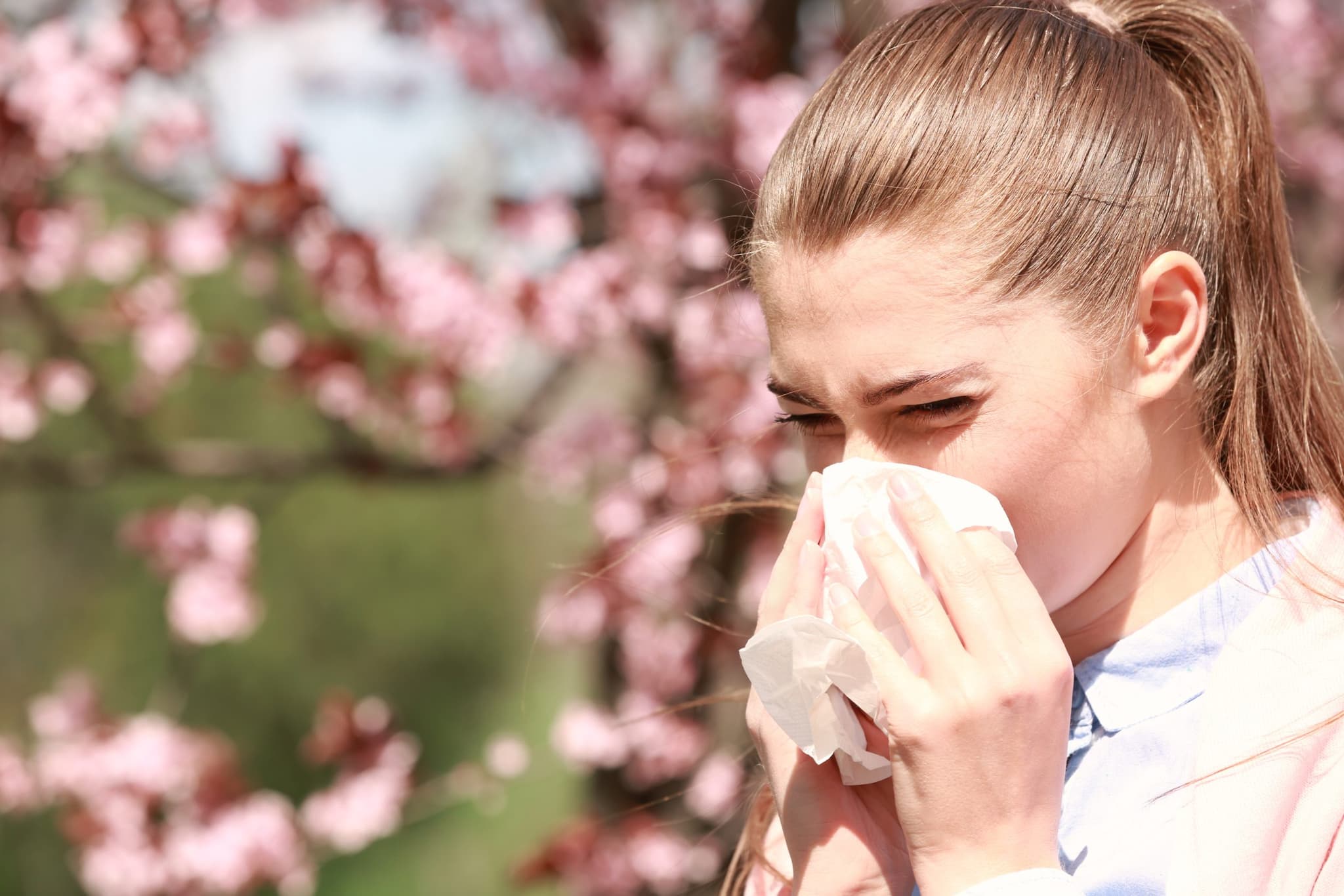
2023-05-19T11:00:36
Environmental allergy testing: What to expect and how to prepare
- Allergy and Immunology
November 16, 2015 | Allergy and Immunology
Specialties:Allergy, Asthma and Immunology

Peanut allergies are a source of great concern for a growing number of households. According to the Asthma and Allergy Foundation of America, approximately 2 percent of the population is affected, and peanut-related reactions are one of the leading causes of food allergy-related deaths.
After years of doubt and increasing concern, research has finally found what might be a viable solution. A group of scientists found that some populations are more affected by this malady than others, depending on how much peanut protein was consumed during infancy. With this discovery as the basis, the group then undertook the Learning Early about Peanut Allergy (LEAP) study. By introducing peanuts to infants, the LEAP study hoped to decrease the chance of later allergy development. And after a successful conclusion to the study, many believe we have landed a serious blow in the fight against peanut allergies.
I had a chance to interview Dr. Tammy Jacobs, board-certified physician in pediatrics, allergy, and immunology at Revere Health, to find out more about this interesting phenomenon.
In the United States alone, allergies to peanuts tripled between 1997 and 2008 among children and shows no signs of slowing. The most common strategy to protect allergic children is to completely avoid peanuts, leading to carefully watched diets and nut-free households.
But according to Dr. Jacobs, this strategy is going in the wrong direction.
This viewpoint is part of a growing consensus that rejects avoidance as a tactic, and it is backed up by research.
Recently, someone noticed an interesting phenomenon: Jewish children in the United Kingdom were ten times as likely to develop a peanut allergy as Israeli children of similar ancestry. This led to the hypothesis that genetics might not be the sole determinant of allergies. Instead, researchers found that each culture introduced peanuts to infants at a different age; Israeli children consumed a steady diet of peanut protein at only seven months, much sooner than their counterparts in the U.K. Could this be the key to finding a cure? The LEAP study soon embarked on a mission to find out.
In order to replicate the results discovered among the Israeli population, the LEAP trial identified around 600 infants who were high-risk to develop a peanut allergy. To half the group, they introduced a steady amount of peanut protein beginning at six months of age. With the other group, avoidance was practiced, and infants received no peanut products.
At the age of five, each participant in the study was given a peanut allergy test. The results sent shockwaves throughout the field of allergy research: children who had been introduced to peanuts at an early ages were more than 5 times less likely to develop a peanut allergy than those who practiced strict avoidance. This study, to put it lightly, was a game changer.
Since the February release of the study, scientists and clinicians have scrambled to understand what the study really means. Many have decided to completely reverse the previous recommendation that parents avoid giving children peanuts, suggesting instead that parents adopt an early introduction process similar to that in the LEAP study.
Dr. Jacobs, for one, believes that a specific treatment plan can help mitigate the development of peanut allergies. “Lower risk patients can introduce typically allergenic foods after age of 6 months at home,” she told me. “And if you are higher risk, I would talk to your pediatrician or schedule an appointment with an allergist.”
How do you know which applies to you? Factors that could mean you are higher risk include a personal history of moderate to severe eczema and/or existing food allergy such as egg allergy. A strong family history of atopy, meaning skin conditions such as eczema, food allergies, asthma and/ or hay fever (allergic rhinitis). may also make you higher risk, especially if it is food allergy in a first-degree family member such as a sibling. According to Dr. Jacobs, high-risk patients should visit an allergist to be tested for select food allergies such as peanut at an early age.
Old habits die hard, and not everyone is so ready to adopt such a change. However, the team that conducted the LEAP study firmly believes the research backs up this idea.
If Professor Lack is right, this could lead to major changes in the way we approach peanut allergies, and potentially other allergies, as well. We have yet to see if everyone will take these results as definitive, but one thing is clear: we are a giant leap forward toward understanding, and solving, the peanut allergy problem.
In the meantime, Dr. Jacobs told me that a Food Allergy Action Plan is still a necessity for all children with food allergies. I asked her to share an example of such a plan. A food allergy action plan spells out the appropriate treatment for specific symptoms. In general, if the symptoms are mild and limited to the skin, such as hives or swelling, then an antihistamine such as Benadryl or Zyrtec can be used. However, if the symptoms involve anything beyond the skin, such as trouble breathing, wheezing, throat swelling, vomiting, diarrhea, dizziness or fainting, then epinephrine must be used. Epinephrine should also be used if the symptoms started mild, but do not improve after antihistamines. The definitive treatment for anaphylaxis is epinephrine, and it is a life-saving medication. Patients and parents should not be afraid to use it just because it is an injection.
If epinephrine is used, Dr. Jacobs stressed the importance of calling 9-1-1. “Because the reaction was severe enough to require epinephrine, the reaction needs to be monitored,” she cautioned. “About a fifth of anaphylactic reactions are biphasic, meaning that symptoms can return after they resolve.”
Epinephrine is usually prescribed in packs of two, and both parts should be kept together, as two doses may be needed to calm a reaction. Two doses may be given within 10–15 minutes.

Dr. Jacobs is a board-certified allergy and immunology specialist. She is also board-certified in pediatrics, so she sees pediatric patients as well as adults.

WRITTEN BY:
The Live Better Team

2023-05-19T11:00:36

2018-06-13T12:00:19

2018-05-09T12:00:57

2018-04-11T11:00:42
This information is not intended to replace the advice of a medical professional. You should always consult your doctor before making decisions about your health.